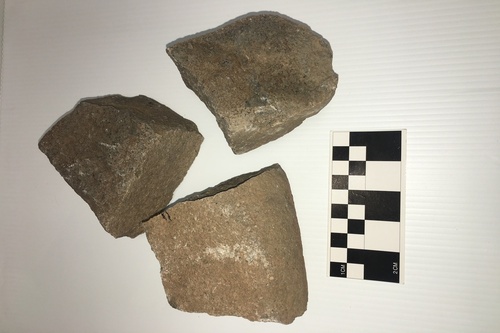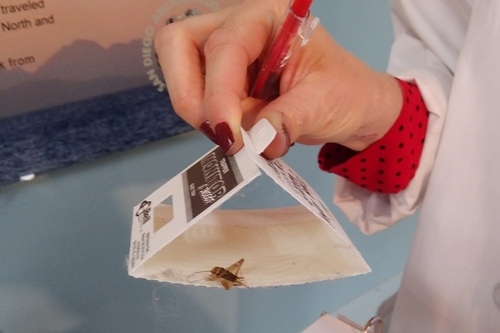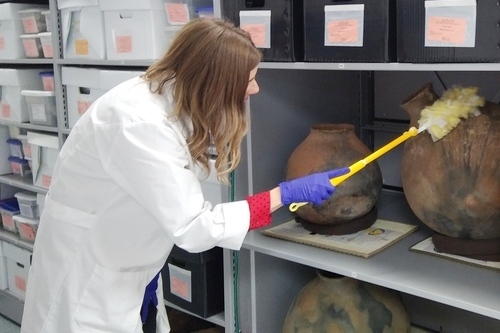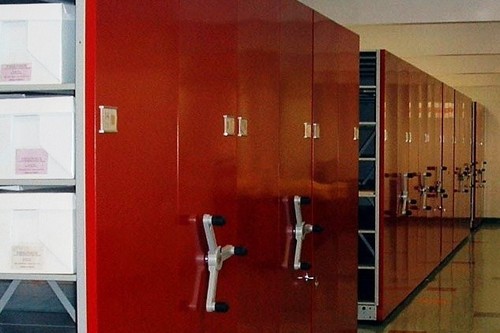
From Inside the Vaults: Collections Management
From Inside the Vaults is a monthly blog that gives insight into best practices for collections stewardship, curation, and archaeological collecting institutions.
So what is a Collections Manager, anyway?
Simply put, a Collections Manager’s main role is to monitor and care for artifacts and their documentation. By following best practices and industry standards, a Collections Manager will preserve artifacts for generations to come, facilitate research and access of collections for the public, and be on hand to ethically problem solve when collections challenges arise.
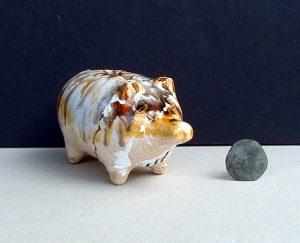 When people ask what it is that I do working for museums, I usually hesitate with my response. The first thing that people think I do is collect money, and I also occasionally hear the “so you’re a curator then?” Collections management is typically behind-the-scenes sort of work, so confusion from the public (and constantly from my friends and family!) is absolutely warranted. Even within the field of collections management, your title could mean a variety of different things depending on the size and needs of the institution you work for. Collections stewardship is one of the more important functions of any collecting institution. If maintained properly, the constant care and preventative conservation performed by a Collections Manager can ensure that collections will last for future generations to come.
When people ask what it is that I do working for museums, I usually hesitate with my response. The first thing that people think I do is collect money, and I also occasionally hear the “so you’re a curator then?” Collections management is typically behind-the-scenes sort of work, so confusion from the public (and constantly from my friends and family!) is absolutely warranted. Even within the field of collections management, your title could mean a variety of different things depending on the size and needs of the institution you work for. Collections stewardship is one of the more important functions of any collecting institution. If maintained properly, the constant care and preventative conservation performed by a Collections Manager can ensure that collections will last for future generations to come.
I have been working in museums for the past six years, and have experience working with many different types of artifacts (i.e. natural history specimens, historical artifacts, archival materials, and now archeological artifacts.) The different types of artifacts may have different storage and preservation needs, yet each institution follows similar collections stewardship best practices. The biggest difference I have experienced during my time in varying museums is in the way that collections work is delegated. A small museum may just have one Collections Manager who performs a multitude of tasks. A large museum may have an entire collections department (or more than one collections department depending on the type of museum) with multiple staff members taking on many roles and dividing up tasks. Regardless of the size of the institution, or the types of materials they collect – collections management is a necessary function for all collecting institutions.
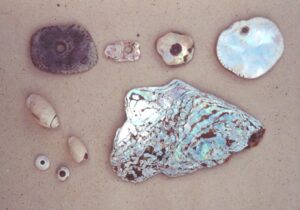 At the San Diego Archaeological Center, our collections department consists of me, Collections Manager and Suzanne Moramarco, Collections and Library Specialist. Some of the tasks that we perform on a daily basis are: cataloging and curation of incoming artifact, housekeeping/gallery maintenance, integrated pest management, collections inventories, artifact documentation, manage incoming and outgoing loans, artifact database management, and we monitor temperature, light, and relative humidity in the collections spaces and Museum.
At the San Diego Archaeological Center, our collections department consists of me, Collections Manager and Suzanne Moramarco, Collections and Library Specialist. Some of the tasks that we perform on a daily basis are: cataloging and curation of incoming artifact, housekeeping/gallery maintenance, integrated pest management, collections inventories, artifact documentation, manage incoming and outgoing loans, artifact database management, and we monitor temperature, light, and relative humidity in the collections spaces and Museum.
Over the upcoming months we will explore these different aspects and roles of collections management and stewardship best practices in more detail, giving insight into the behind-the-scenes happenings of the San Diego Archaeological Center and collecting institutions around the world.
First up, inventory! In February I will dive in and talk about an incredibly important part of my job – collections inventory. Inventory is a daunting (yet rewarding!) task for any Collections Manager but should be performed regularly at all collecting institutions. We will discuss what a collections inventory is, why they are important, and current industry best practices and standards.
By Jessica McPheters, Collections Manager


